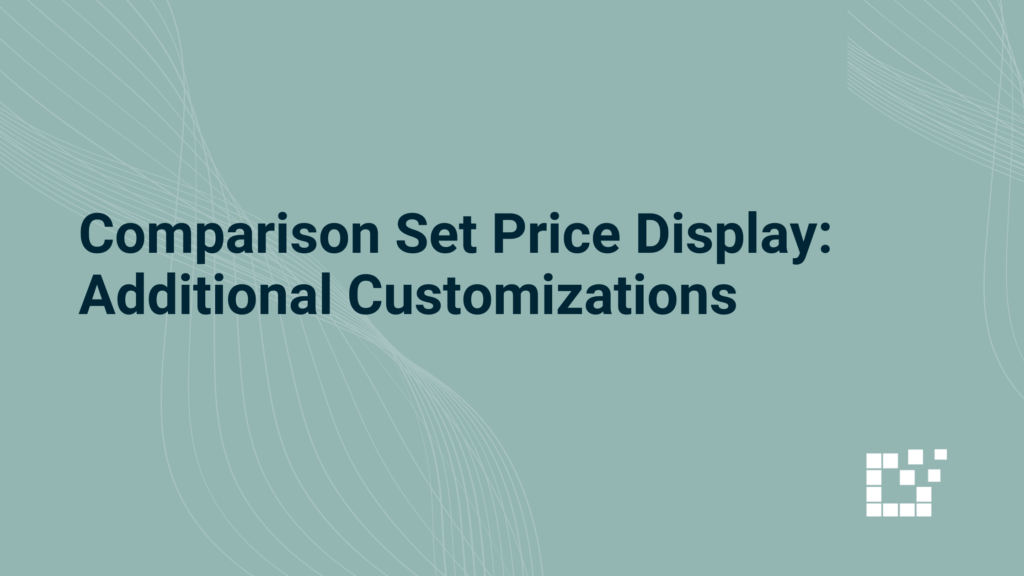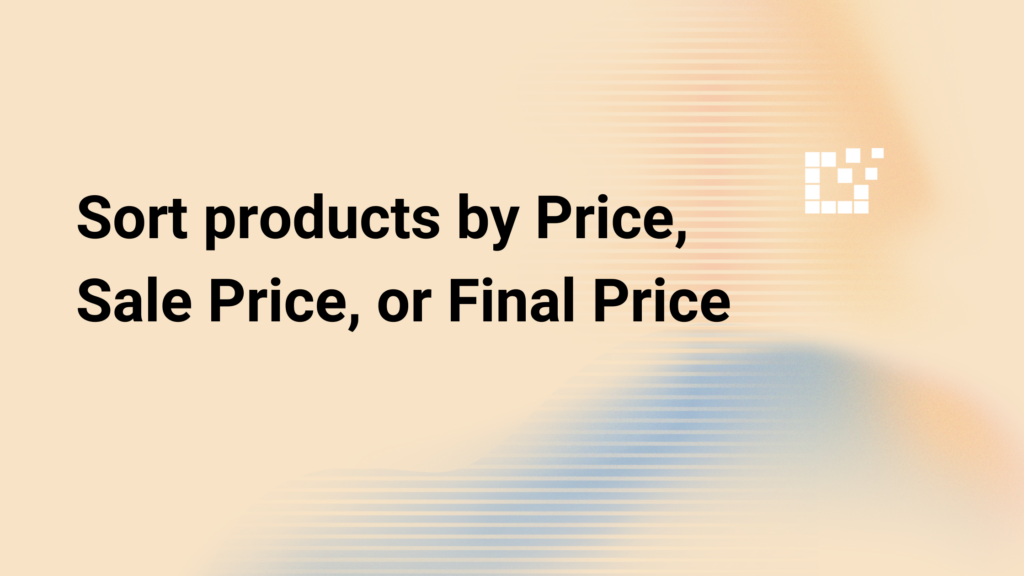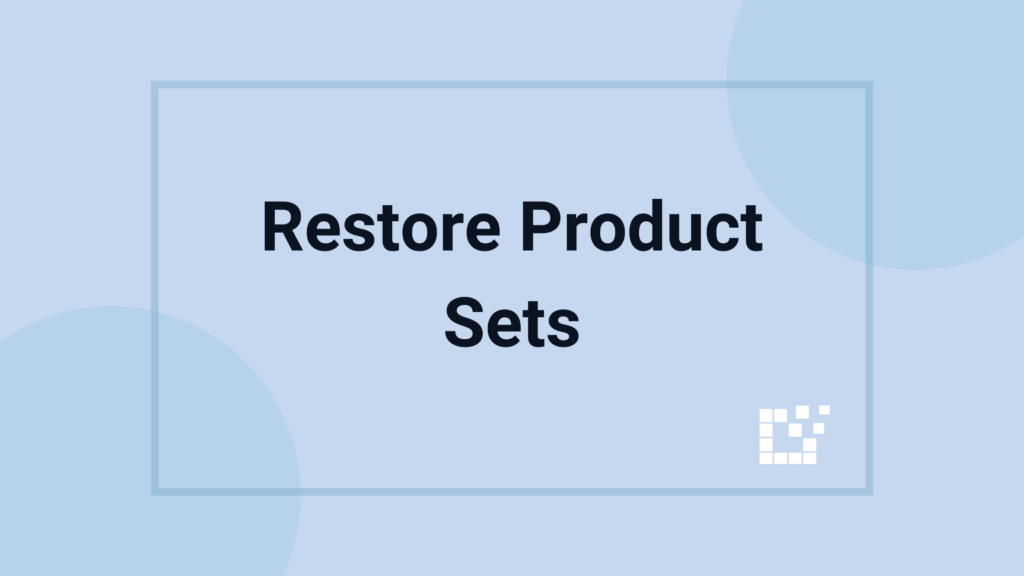Comparison Set Price Display: Additional Customizations

The way in which Comparison Sets are displayed and presented to audiences has many features and functionality which can be customized, including the price. By default, prices are displayed in Comparison Sets. To learn how to hide prices in Comparison Sets, click here. If the price is being shown, further customizations can be made to […]
Sort products by Price, Sale Price, or Final Price

When adding products to a Product Set or exploring on the Scratchpad, you’ll find a variety of price-related search filters. These filters enable you to streamline your workflows by providing options to sort your results by Price, Sale Price, or Final Price. Sort by Price The Price Filter finds products based on their regular price. […]
Customize “Add New Product Set” Page Layout

The Add New Product Set Page can be found by going to your WordPress Admin Area -> Product Set -> Add Product Set. The format and elements displayed on this page can be configured according to your specific preferences. First, in the top right hand corner, click Screen Options. Here, you can select the Screen […]
Restore Product Sets

If a Product Set is no longer relevant or needed, it can be moved to Trash. If you decide you want to re-add the products back into your WooCommerce Store, the Product Set(s) can easily be restored. In your WordPress Admin Area, go to Product Sets to view all your current Product Sets. Then, click […]
Explore Merchants Offering a Brand’s Products

A single brand can be sold across one or more merchants. For example, Nike is a merchant and offers products by its own brand. Let’s say you want to view all merchants who are offering products from a specific brand. This can easily be accomplished using the ScratchPad. Simply enter the brand you’re interested in […]
Product Name Search Field

The Product Name field offers versatile search options depending on the search results you are interested in returning. For instance, let’s say you are on a specific merchant website and know the exact product name. To find that product, simply paste the product name directly into the search field. You can also put the product […]
View When Products Were Added to Your Affiliate Store

At any time, you can easily see when specific product(s) have been added to your WooCommerce store. In your WordPress Admin Area, head over to your Product Sets page. Here, you’ll find all of your Product Sets that you have created, along with the date and time of their latest update. To see which Products […]
Refine your Search: “Starts ”& “Ends” With

You can refine Product Set search results using the Character Operators and Search Drop-Down Options. Examples of Character Operators include “and,” “or,” and “not.” Examples of Search Drop-Down Options includes “contains,” “matches,” and “is.” Use Character Operators or the Search Drop-Down to search for products by the start or end of a field. The Character […]
Datafeedr Resource Library

The Datafeedr Resource Library is organized into sections to help you quickly find answers to the specific area you have questions on. Getting Started The Getting Started section walks through the process of setting up your Datafeedr account. This section covers topics including: API Plugin The API Plugin section offers insights into interacting with the […]
Product Sets: Bulk Actions

You can update Product Sets individually or use the Bulk Actions feature to make changes across multiple Product Sets at once, saving time and streamlining your workflow. How Does Bulk Actions work? Go over to your Product Sets page, and you’ll find the Bulk Actions dropdown at both the top and bottom of the page. […]